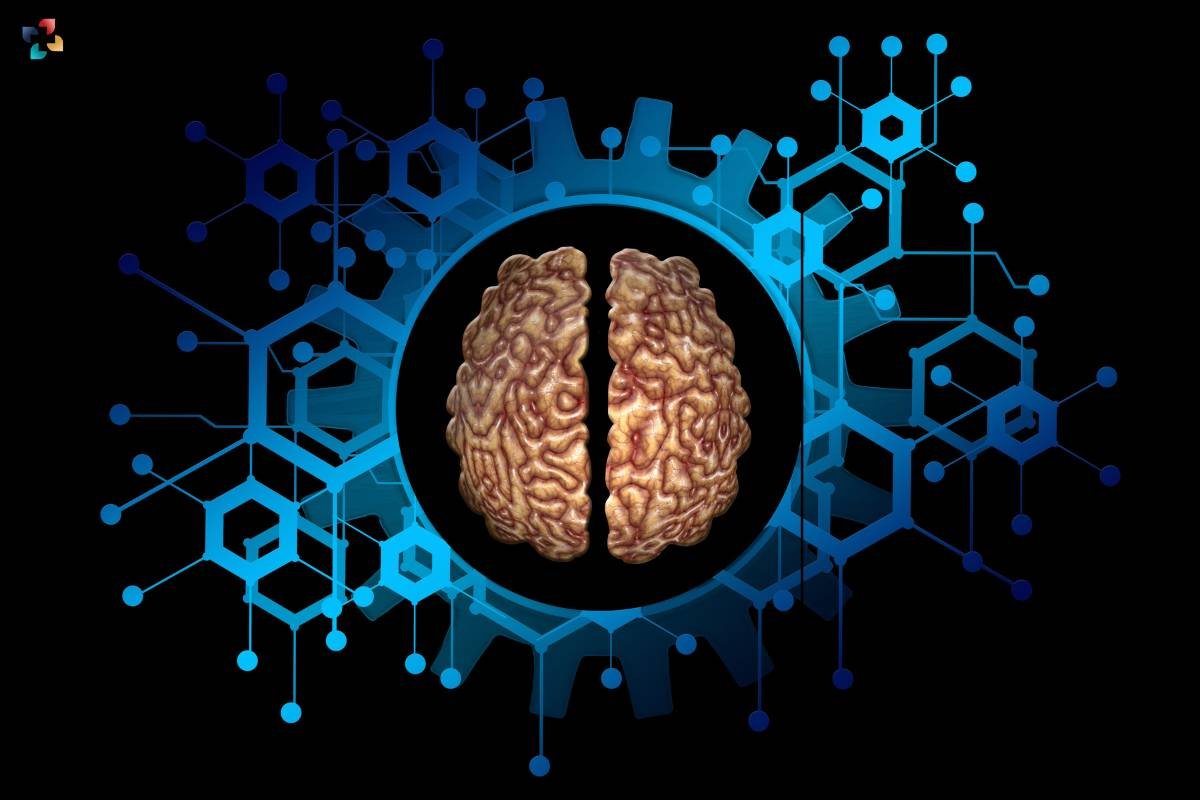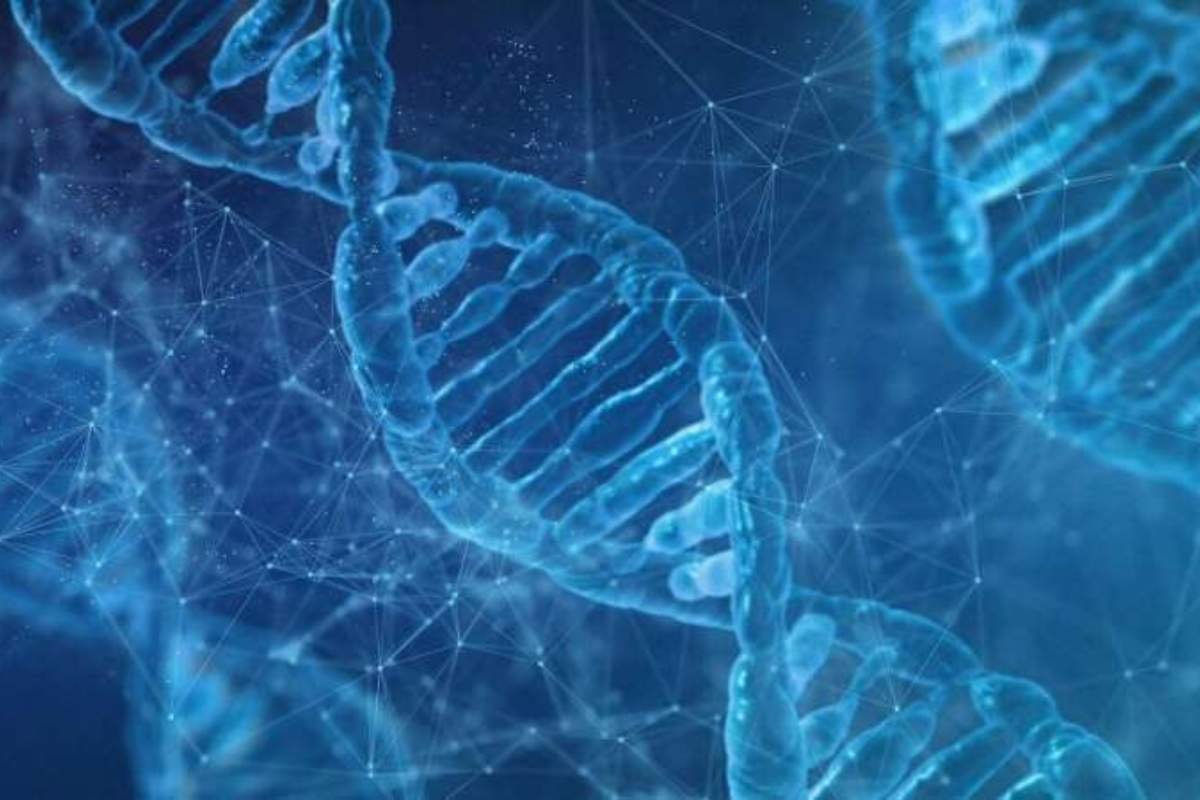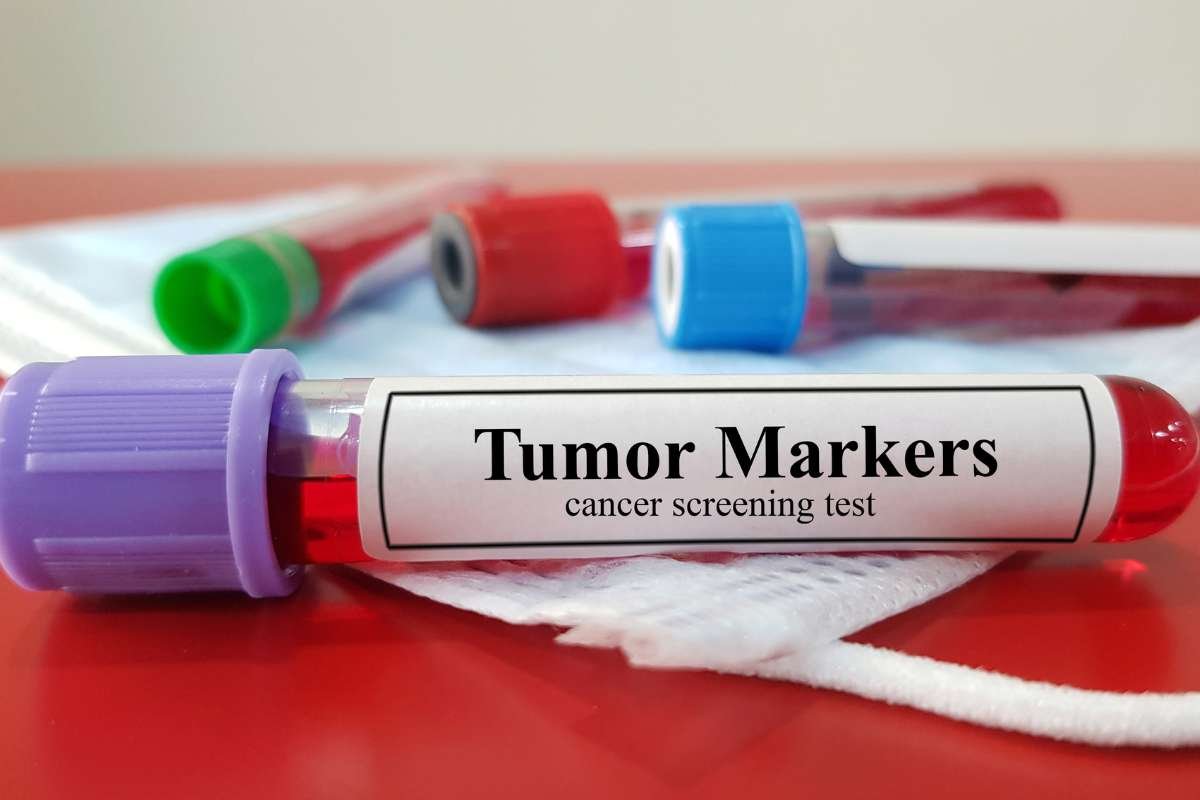Using human foetal brain tissue, scientists have created 3D mini-organs that self-organize in an artificial environment. These culture-grown organoids provide an entirely new avenue for investigating brain development. They also provide a useful tool for researching the genesis and management of conditions involving the development of the brain, such as brain tumours.
To simulate the biology of disease and healthy tissue in the lab, scientists employ a variety of techniques. These consist of lab animals, cell lines, and, as of late, 3D mini-organs. These so-called organoids possess traits and a degree of complexity that enable scientists to simulate an organ’s operations in great detail in the lab.
foetal brain tissue cells can be used directly to create organoids. Additionally, stem cells—which can be found in some adult tissues or in embryos—can be “guided” by scientists to develop into the organ of their choice.
Up until recently, embryonic or pluripotent stem cells were coaxed into growing into structures that represented various brain regions in order to create brain organoids in the lab. They would attempt to replicate the way the brain naturally develops using a particular cocktail of molecules; the “recipe” for each cocktail would require extensive research and development.
Researchers from the Hubrecht Institute and the Princess Máxima Centre for Paediatric Oncology, located in Utrecht, the Netherlands, have created brain organoids using human foetal brain tissue.
Human Foetal Brain Tissue 3D Mini-Organs
The Dutch Research Council provided partial funding for the study, which was published today (Monday) in the esteemed journal Cell.
Surprisingly, the researchers—led by Dr. Delilah Hendriks, Prof. Dr. Hans Clevers, and Dr. Benedetta Artegiani—discovered that creating mini-brains required the use of small fragments of foetal brain tissue rather than individual cells. The original tissue is typically broken down to single cells by scientists in order to generate other mini-organs, such as the stomach. Using tiny fragments of foetal brain tissue instead, the researchers discovered that these fragments could self-organize into organoids.
The brain organoids resembled rice grains in size. The tissue was made up of many different kinds of brain cells and had a sophisticated three-dimensional structure. Significantly, the brain organoids were rich in the cell type known as outer radial glia, which is present in both humans and our evolutionary relatives. This emphasises how much the organoids resemble the human brain and how they are used to research it.
Additionally, the entire brain tissue created the extracellular matrix’s constituent proteins, which act as a sort of “scaffolding” around individual cells. The researchers think that the ability of the fragments of brain tissue to self-organize into three-dimensional brain structures may have been caused by these proteins. The extracellular matrix found in the organoids will facilitate future research on the surroundings of brain cells and the consequences of malfunctions in this process.
The tissue-derived organoids retained a number of traits unique to the brain region from which they originated, the researchers discovered. They reacted to signalling molecules that are well-known to be crucial for the development of the brain. According to this research, tissue-derived organoids may be crucial in helping to sort through the intricate web of molecules that control how the brain develops.
The scientists then looked at the possibility of using the tissue-derived organoids to model brain tumours because of their capacity for rapid expansion. In a tiny subset of the organoids’ cells, the researchers introduced mutations in the well-known cancer gene TP53 using the gene-editing method CRISPR-Cas9. Three months later, the TP53-defective cells had fully surpassed the healthy cells in the organoid, indicating that they had developed a growth advantage—a characteristic commonly found in cancerous cells.
They then turned off TP53, PTEN, and NF1, three genes connected to glioblastoma, a brain tumour, using CRISPR-Cas9. Using these mutated organoids, the researchers also examined how they responded to currently available cancer treatments. These studies demonstrated the organoids’ potential to be used in cancer therapy research to correlate particular medications with particular gene alterations.
For over half a year, foetal brain tissue-derived organoids kept growing in a dish. Crucially, the researchers were able to create numerous identical organoids from a single tissue sample by multiplying them. The glioblastoma gene mutation-carrying mini-tumors were also able to proliferate while retaining the same mutation mix. This characteristic enables researchers to use the tissue-derived organoids in several tests, boosting the validity of their results.
The researchers’ next goal is to investigate the possibilities of their newly created brain organoids made of tissue. They also intend to carry on working with bioethicists, who helped shape this research, to direct the advancement and use of the new brain organoids in the future.
The research was co-led by Dr. Benedetta Artegiani, head of the Princess Máxima Centre for Paediatric Oncology research group, who states:
“Brain organoids derived from foetal tissue represent a revolutionary tool for researching human brain development.” With greater ease, we can now examine the involvement of various cell types and their surroundings as well as the expansion of the developing brain.
We now have a better grasp of how the developing brain controls cell identity thanks to our novel tissue-derived brain model. Additionally, it might clarify how errors made during that process might result in disorders that cause development to go awry, like childhood brain tumours, as well as neurodevelopmental disorders like microcephaly.
The research was co-led by Dr. Delilah Hendriks, an Oncode Investigator, postdoctoral researcher at the Hubrecht Institute, and affiliated group head at the Princess Máxima Centre for Paediatric Oncology.
These brand-new organoids made from foetal brain tissue may provide fresh perspectives on the processes that give rise to cellular variety and the architecture of the many brain areas. Our organoids can be used to supplement the current organoids derived from pluripotent stem cells, which is a significant addition to the field of brain organoids. By utilising both models, we intend to gain insight into the intricacies of the human brain.
The fact that the brain organoids made from foetal brain tissue can continue to grow and be used also implies that we can extract as much information as we can from this priceless resource. We can’t wait to investigate how these unique tissue organoids might be used to uncover new information about the human brain.
The research was co-led by Prof. Dr. Hans Clevers, an organoid pioneer and previous head of research groups at the Hubrecht Institute, the Princess Máxima Centre for Paediatric Oncology, and Oncode Investigator. He declares:
We are significantly advancing the disciplines of organoid and brain research with our work. It’s amazing to see how far the technology has come since we created the first human gut organoids in 2011. Since then, organoids have been created for practically every type of human tissue, including healthy and sick tissues as well as a growing number of tumours that arise in children.
It’s incredibly amazing that we’ve been able to overcome the obstacle of not being able to create organoids from the brain, as we were able to do with other human organs up until this point.
The study was performed in collaboration with Leiden University Medical Center, Utrecht University, Maastricht University, Erasmus University Rotterdam, and National University of Singapore.











